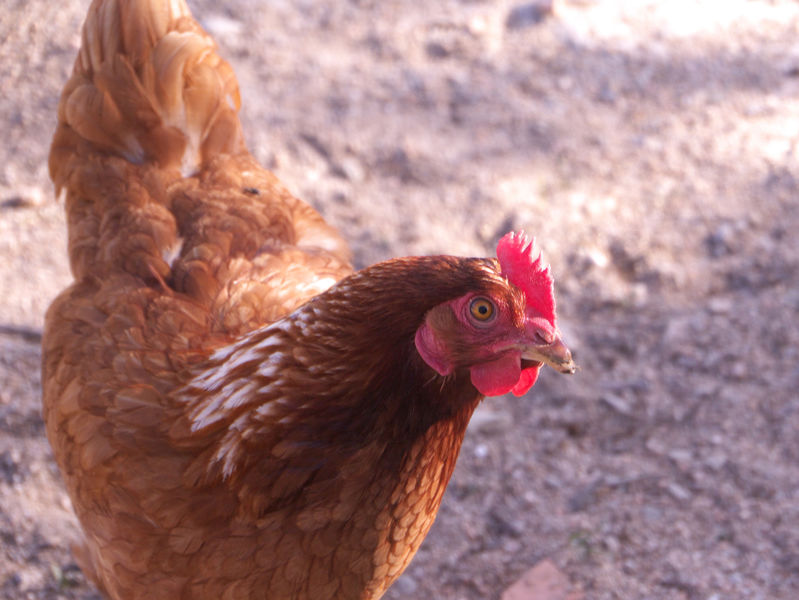
A new bird flu vaccine developed by British scientists is said to provide rapid protection and could reduce the virus's spread substantially.
The new vaccine generates a faster and stronger immune response in chickens against the H9N2 strain, compared to the current industry standard inactivated virus vaccine.
Many poultry flu vaccines protect birds from serious illness and death, but do not prevent them from transmitting the virus, enabling the continued spread of disease through flocks.
Scientists at the Pirbright Institute have used a new vaccination technique to enhance immune responses in birds and reduce the amount of virus shed into the environment.
The results revealed that the vaccine was both fast acting and effective. Birds produced antibody responses as early as six days after vaccination.
They also shed significantly less flu virus when challenged with a natural flu strain, indicating the birds would be less likely to spread infection.
High levels of protective antibodies were produced even when birds were given a reduced dose.
As well as providing enhanced protection, the vaccine will be easier and less costly to manufacture, scientists at Pirbright confirmed.
The tagged flu virus HA protein can be produced in a laboratory culture of insect cells instead of using eggs to grow live vaccine viruses.
This would enable the poultry industry to reduce its reliance on chicken eggs for vaccine production, increasing the availability of eggs for use as a food source.
Professor Munir Iqbal, head of the avian influenza virus group, said: “By targeting HA to chicken immune cells, we have generated a powerful addition to the armoury of poultry vaccines.
"Our improved vaccine could help prevent the spread of flu amongst vaccinated birds, which is essential for protecting poultry welfare, increasing food production, and reducing the risk of avian influenza spreading to humans."
As the new vaccine does not contain live flu virus, biosafety risks are reduced, and no specialist high containment facilities would be required for production.
The Pirbright team is currently investigating the vaccine’s potential for commercial production and use in the field.
